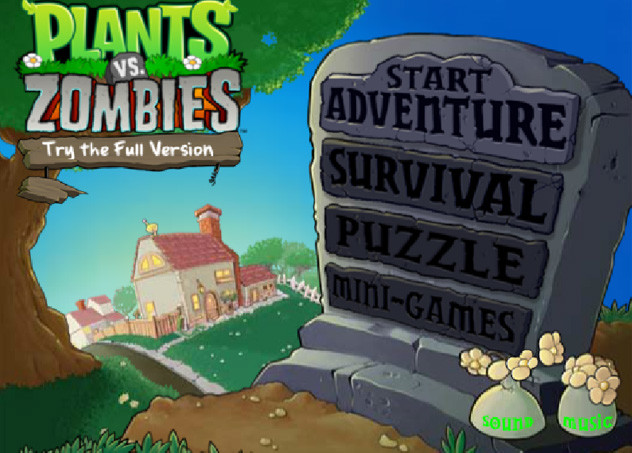
If you remember the nineties with nostalgia, surely part of your memories have to do with the minigames, those procrastination holes we went to kill off hours. What happened to those pages? Are there still people who use them?
The most remarkable thing about these online games is that users rarely need to install anything extra. Simply choose the game, wait for it to finish loading, and enjoy the entertainment.
At the time, this ease of use set them apart and catapulted them to success. No one can deny having visited them at some time in their life: they were the easiest entertainment on the Internet. Faced with the arcade machines you had to go to in person, the games that required installation, and that not all the machines could move, even against the console games that were more expensive in the past, the minigames arrived as a great alternative.
On the other hand, within the genre of casual games, there are other very diverse subgenres such as action, strategy, adventures, platforms, simulation, sports, racing, music, and long, etcetera; really, there is fun for everyone. The problem is that browser games are powered by Flash, a dying technology. Besides, it could never compete with the power and graphics of the other platforms anyway. The final blow comes with the arrival of mobile phones, apps, and social networks. How to survive all that?
“We started in 2003 with Minijuegos.com, and the truth is that there were 2-3 sites around the world; there was no other possibility of playing for free, as is the case now with mobile phones and even with consoles”, he comments in an interview for Xataka Pablo Cenalmor, founder of Minijuegos.com .
Despite this decline, Minijuegos receives 1.4 million monthly users from Spain alone and 4.5 million if we count the rest of the world. Therefore, it can be said that they are surviving remarkably well, even if it is based on efforts to increase the loyalty of their users.
Now the page works mainly under registration; they have devised a system that creates a community where victories are counted with gems (achievements or trophies in the style of PS4/Xbox One), encouraging people to compete with their friends and even win prizes. However, the service is still free, and the page warns that its ads — both those that load before you can access the game and the banners — keep the games available.
“We have had to reinvent ourselves and try to offer the user something more. Before, we were a page with a catalog of games, and that’s it. We have been working for more than three years to differentiate ourselves from the rest and have greater engagement with the user, adding challenges and events where we can win prizes so that the user wants our product again and stays loyal to us”, says Pablo.
Renewed or die

The platforms seem to have diminished in quantity, not necessarily in use, and the remaining public has been redistributed among the survivors. In addition, as a wise backup method, the strongest places have started entering the mobile game world. Minijuegos, Pablo tells us, is no exception: “Some time ago, we also began to develop mobile games, but without losing the essence of casual games that have marked us so much all this time.”
Across the pond, we have the thoughts of Emily Greer, co-founder and CEO of Kongregate.
Kongregate web portal concentrates more than 100,000 free games played by tens of millions of players per month. Also, it allows its users to upload their games using the most popular programming languages: Shockwave, Java, and Unity… In addition, similar to what happened in the case of the previous web, many of the Minigames use a medal system similar to PS4/Xbox One achievements and trophies to save progress and thus increase the level of returning visitors.
Emily doesn’t believe that minigames are dying; more like they’re changing. “They’re being consumed more than ever, just spreading across platforms. Lots are moving on mobile, but many are still consumed in the browser. HTML5 has finally become good enough for developers to work with, and we’re seeing a renaissance of HTML5.” browser minigames, especially on messaging platforms like Facebook,” he adds.
Who plays and what is played in 2018

We keep playing, okay? But who and what? “Well, the public continues to be more or less the same but with less influx. From young people who start with the PC with very basic games such as coloring, racing games or sports; to mothers and fathers who do not stop playing ludo or to online bingo”, says Pablo.
Statistics indicate that, globally, most users of minigames are between the ages of 15 and 24, and 64% of these are men.
“We’ve always had an audience with many teenagers, then people in their 20s and 30s and 40s. That certainly doesn’t seem to have changed over time,” adds Emily.
He also tells us that idle, clicker, or incremental games have been very popular on Kongregate for the last four years. “Going back, for example, AdVenture Capitalist was one of the most popular. But it continues in recent successes such as NGU (Numbers Going Up).”
Online minigames were almost the killers of classic arcade game machines. After a long period above, now with more and more consoles, PC games, Steam-like platforms, social networks with embedded games, and mobile games, most people may think that minigames will be killed in turn.
However, the testimonies presented do not indicate that this will be the case. Rather it seems that they will concentrate on niche communities. They may gradually be transferred to mobile platforms to survive, but it seems clear that the minigame’s essence refuses to die completely.

Sharlene Meriel is an avid gamer with a knack for technology. He has been writing about the latest technologies for the past 5 years. His contribution in technology journalism has been noteworthy. He is also a day trader with interest in the Forex market.











